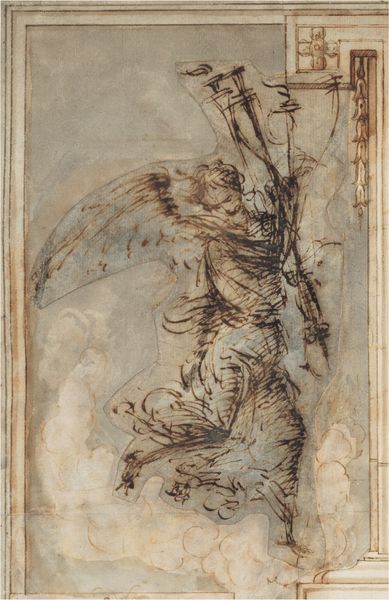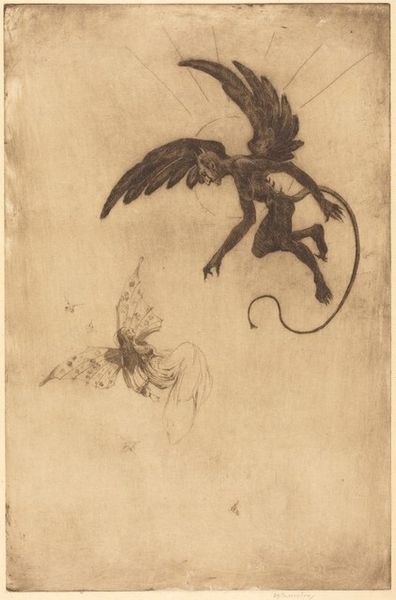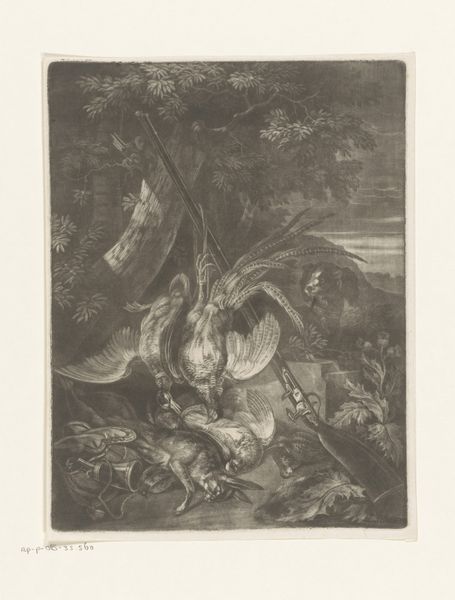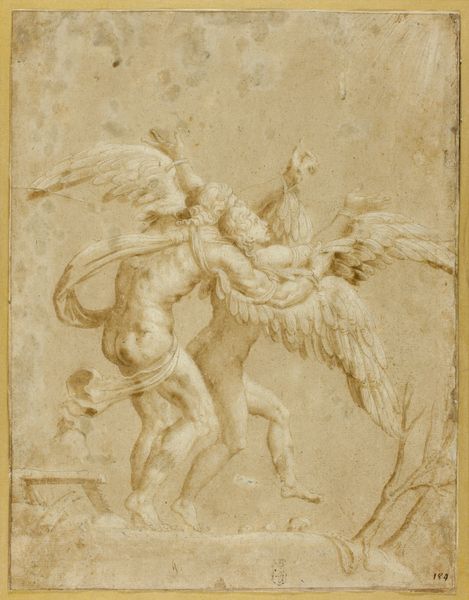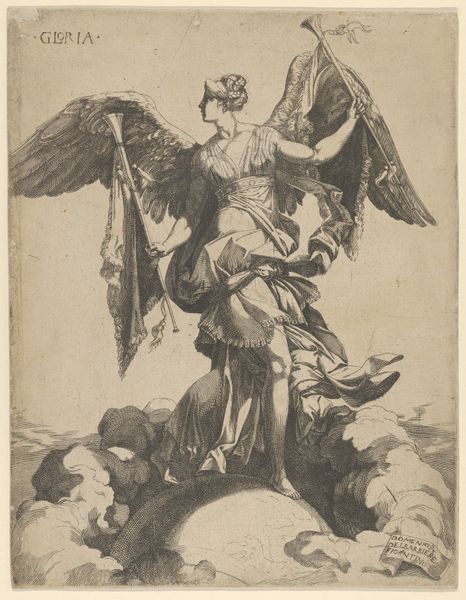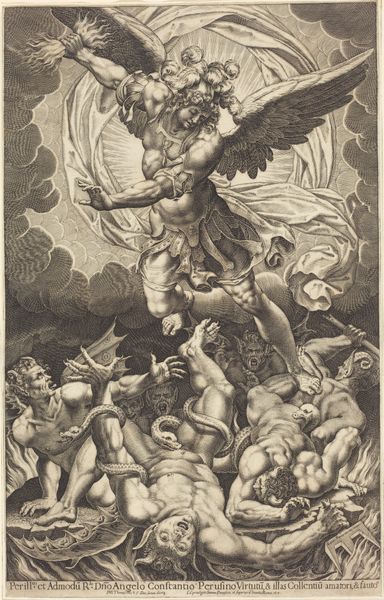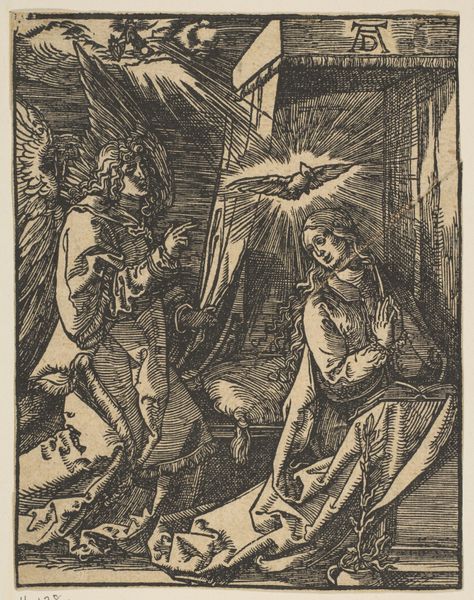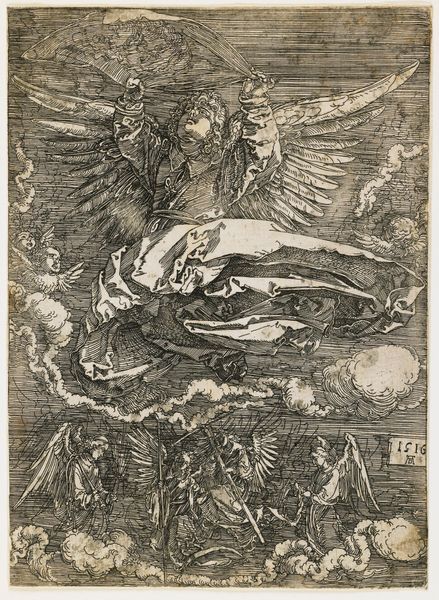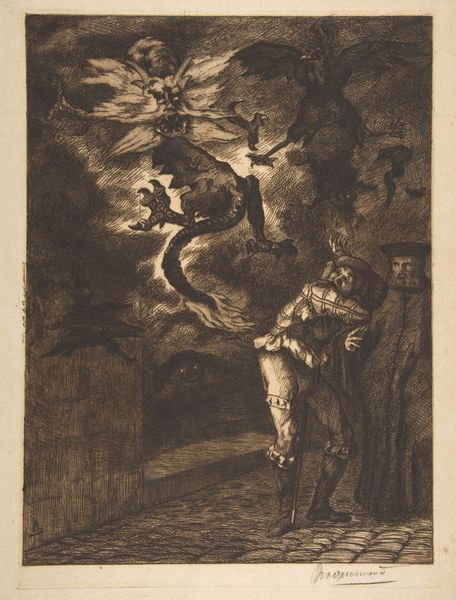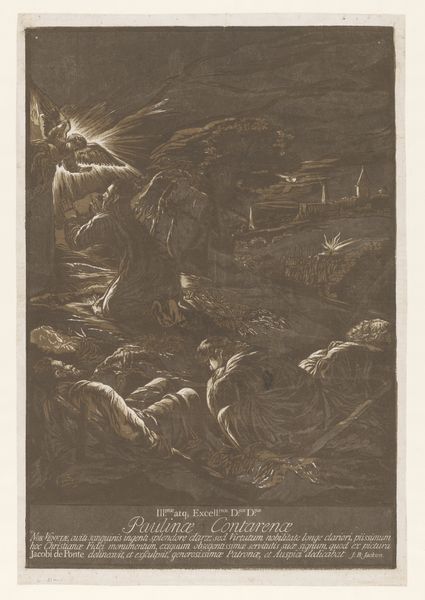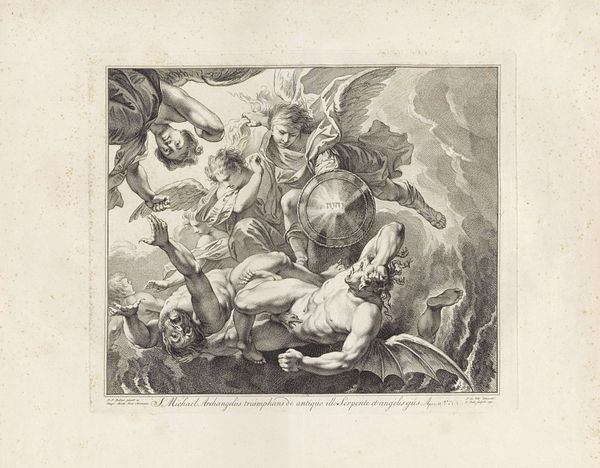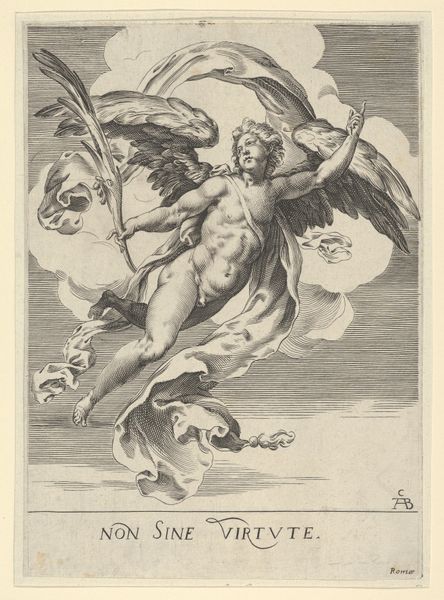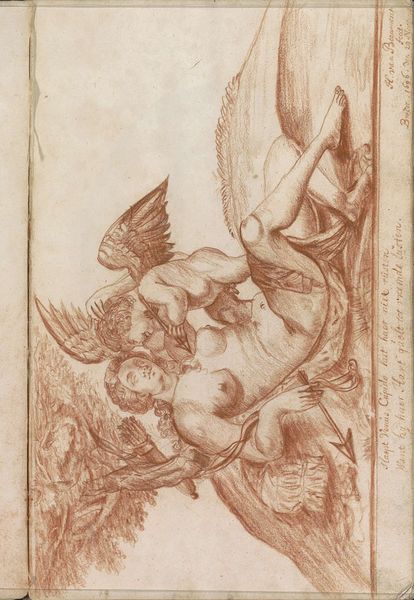
oil-paint
#
baroque
#
oil-paint
#
oil painting
Dimensions: height 74.5 cm, width 56 cm, depth 11.3 cm
Copyright: Rijks Museum: Open Domain
Editor: So, here we have Christoffel Puytlinck's "Dead Roosters," painted in 1671 using oil paints. It's a strikingly still image. What do you see in this piece that I might be missing? Curator: I see more than just dead birds. This image reflects 17th-century Dutch society's complex relationship with food, class, and consumption. Consider the rising merchant class. These roosters, once symbols of virility and power, are now objects of display, commodities in a burgeoning market economy. What does it say about a society that elevates the *dead* for aesthetic pleasure? Editor: So it's not just about capturing reality but about a changing social structure? I guess that does explain why it feels a little… unsettling. Curator: Exactly! And what about gender? Who are these displays catering to? Were they meant for male spaces like taverns or private dining rooms, reinforcing patriarchal dominance through depictions of subdued, conquered nature? What's interesting is, we can understand the role women played in selecting produce by their absence in most historical documents about that time. Editor: That's a fascinating perspective! I hadn’t thought about who this artwork might be *for*. Curator: The dark background is intentional, creating drama, a baroque tendency, but the way that it spotlights and shadows those textures and tones of their plumage creates almost a feeling of tension. Almost, one could even say, foreboding of dark days for animals subjected to human whims. Where would we place such a representation within the current debate around fair farming and biodiversity? Editor: It reframes my thinking entirely, taking it from just a pretty picture to a complex cultural artifact. It makes you wonder if there's a hidden agenda within all this aestheticism. Thank you for unveiling that side of things. Curator: And thank you for engaging so thoughtfully! Considering art through an intersectional lens makes these seemingly simple images speak volumes.
Comments
No comments
Be the first to comment and join the conversation on the ultimate creative platform.
